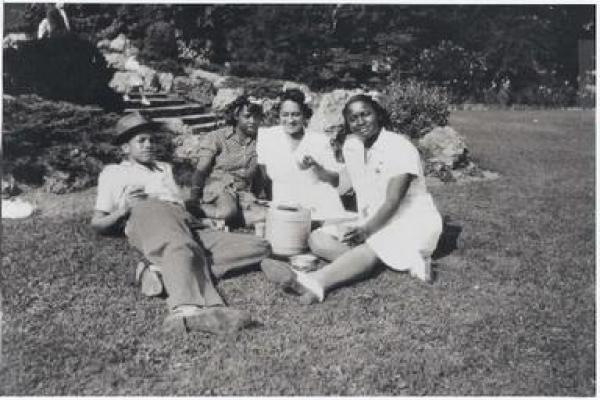Advanced Search
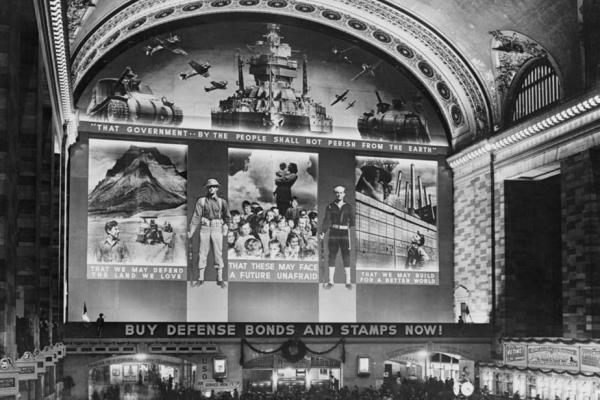
Grand Central Station in New York City, 1940s. Malcolm Little’s stopover station while working on the New York, Hartford & New Haven Railroad. From here Malcolm discovered Harlem in 1942.
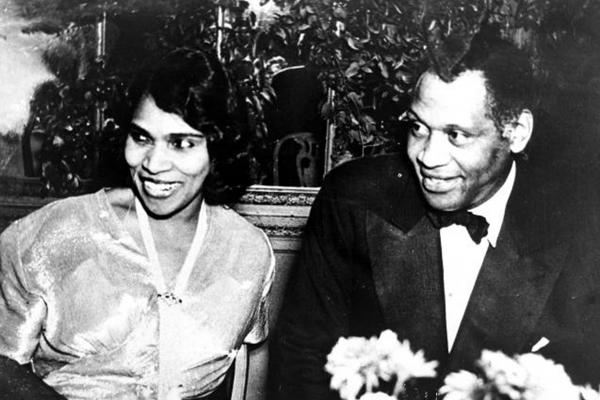
Paul Robeson with Marian Anderson, the first African American singer to perform at the White House and the first African American to sing with New York's Metropolitan Opera.

The Philadelphia General Hospital, shown here in the 1940s, was the City’s only public hospital, the descendant institution of the Blockley Almshouse.

Yousuf Karsh’s portrait of Paul Robeson, Ottawa, Canada, 1941. Karsh took this iconic photo the same year that the FBI launched its surveillance and sustained harassment of Robeson and his family.
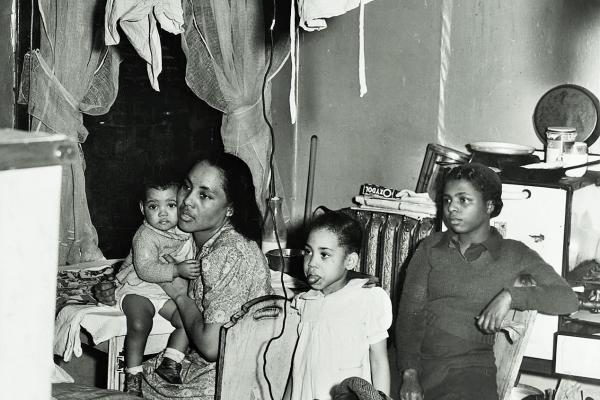
Discriminatory housing policies segregated African Americans in densely populated urban ghettos of the North. This photograph shows an African American family in a kitchenette apartment on Chicago’s South Side.
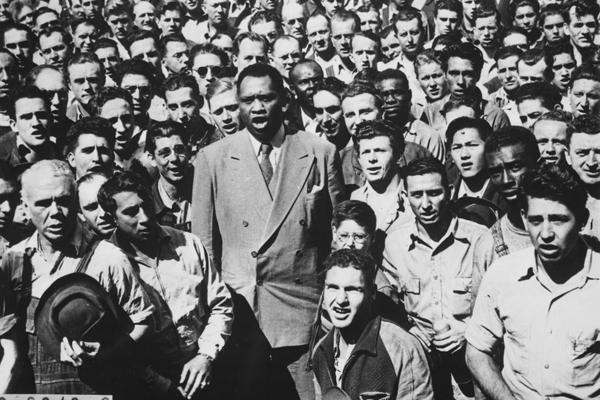
Paul Robeson leading Moore Shipyard (Oakland, CA) workers in singing the Star Spangle Banner, September 1942. Robeson’s hatred of fascism aligned him with U.S. war aims in World War II, although he spoke of two wars—one against worldwide fascism, the other against racial segregation in the U.S.

Paul Robeson at the California Labor School. The California Labor School was a cultural hub for the Bay Area's progressive and labor communities during the 1940s and 1950s. The school originated in San Francisco and expanded its campuses to Oakland, Berkeley, & Los Angeles.
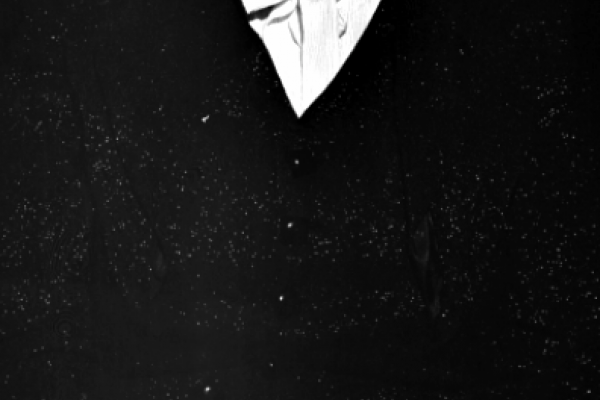
“Essie” was Paul Robeson’s wife, business partner, and financial manager. Essie documented her difficult marriage and adventures with Paul in a journal that is now a major resource for scholars of Paul’s life and career. Outside of her marriage, this remarkable woman achieved international renown in her own right as an anthropologist, freelance journalist, U.N. correspondent, and commentator on international affairs and domestic politics—all in the service of human rights and social justice.
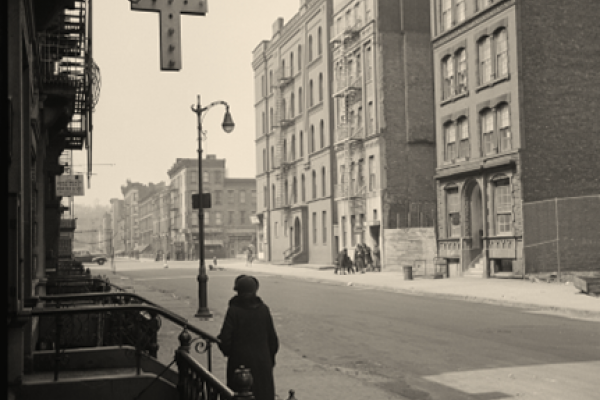
In the early 1940s, Malcolm Little frequented Harlem streets such as this one. Harlem was Malcolm X’s lodestar, described in his autobiography as “Seventh Heaven.”
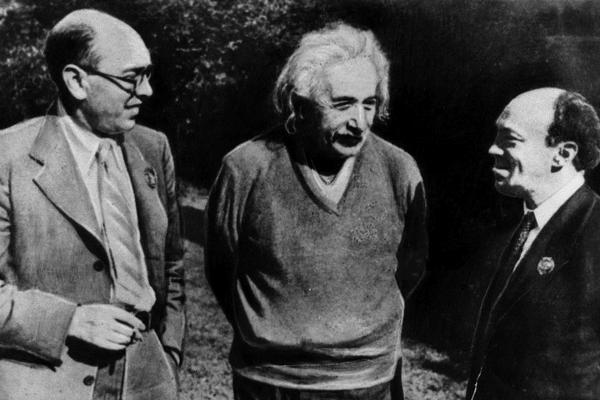
Izik Feffer, Albert Einstein, & Solomon Mikhoels in the United States, 1943. They were members of the American Jewish Anti-Fascist Committee. Robeson joined a tour with members of this committee to raise funds for Stalin’s war against Hitler. Feffer & Mikhoels, both representatives of Yiddish arts and friends of Robeson, were murdered in Stalin’s antisemitic purges 1949–1952. Robeson publicly denied knowledge of the purges.
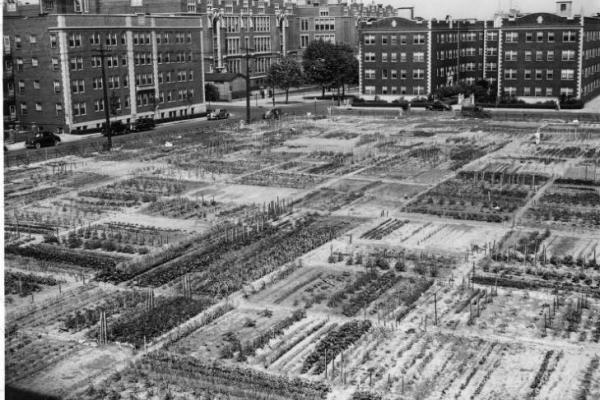
During the Second War World, the athletic venue once called Passon Field was deployed as Victory Gardens. The view is east toward 48th Street, with the Tudor Gothic towers of West Philadelphia High School shown at upper left.
